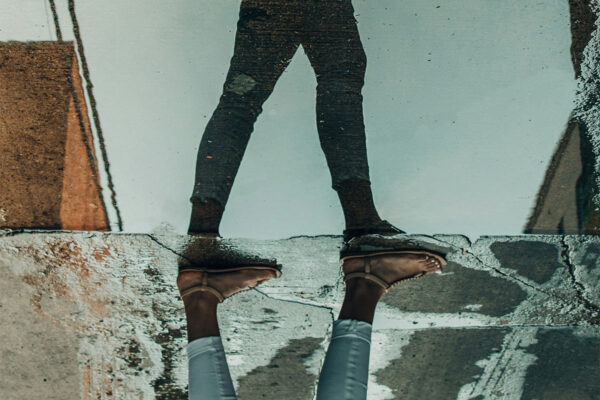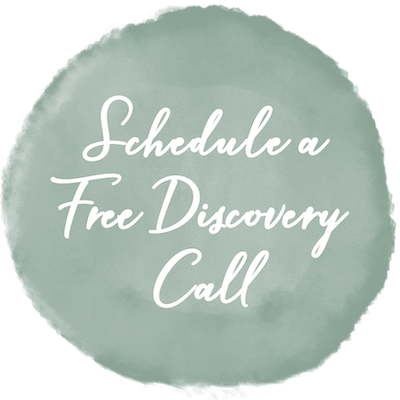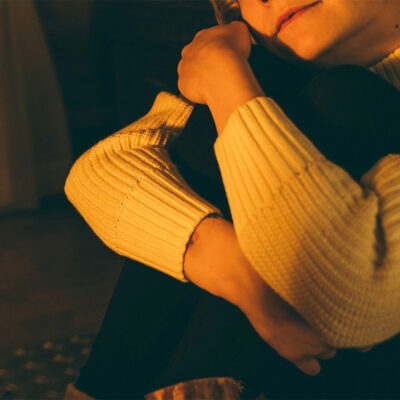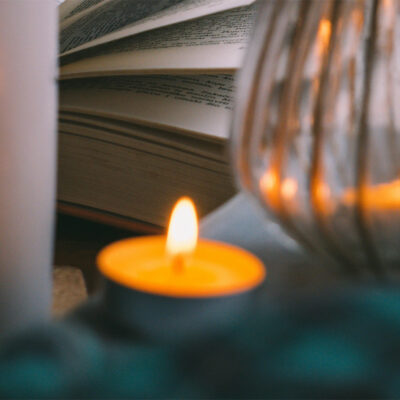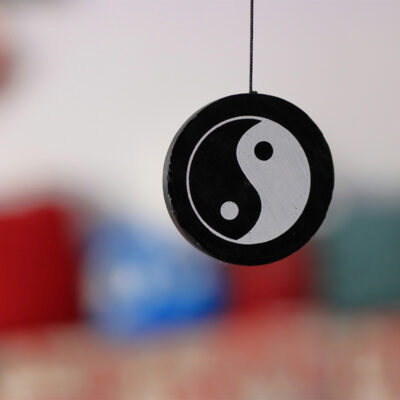For many in eating disorder recovery, mirrors can feel like both an enemy and an obsession. Some of us avoid them entirely, going to great lengths to not catch even a glimpse of our reflection. Others of us check compulsively, seeking reassurance and analyzing every angle, every perceived flaw.
I remember both experiences in my own recovery - periods where I covered every reflective surface in my apartment, and times where I couldn't pass a mirror without stopping to scrutinize and judge what I saw. Neither approach brought me peace.
Mirror exposure work is a practice that can help us develop a more neutral, compassionate relationship with our reflection. It's not about learning to love what we see (though that might come with time), but about reducing the intense emotional charge that mirrors can hold for us. It's about learning to see ourselves without the eating disorder's harsh, distorted lens.
Understanding Why Mirrors Can Be So Difficult
Before we dive into the practice, I wanted to first explore why mirrors can be such a source of distress during eating disorder recovery. When we look in the mirror after years of suffering from an eating disorder, we're often not really seeing ourselves. We're seeing:
- Our fears projected onto our body
- A reflection filtered through the eating disorder's critical voice
- Specific body parts isolated from the whole
- Comparisons to an idealized image that is likely not realistic
- Evidence to support our negative beliefs about ourselves
Additionally, if our bodies are changing during recovery (as they often need to), the mirror can feel like a confrontation with these changes before our minds have had time to adjust and accept them.
What is Mirror Exposure Work?
Mirror exposure work is a gradual, compassionate practice of learning to view our reflection in a more balanced way. It draws from principles of exposure therapy - the idea that by gently and repeatedly facing what we fear in a controlled, supportive way, we can reduce its power over us.
The goal isn't to suddenly love your reflection or to become obsessed with your appearance in a positive way. Rather, it's to develop what I like to think of as "mirror neutrality" - the ability to see your reflection as simply information, like checking the weather, rather than as a measure of your worth or a source of intense emotion.
Before You Begin: Important Considerations
Mirror exposure work can be intense and isn't right for everyone at every stage of recovery. Please consider:
Work with your team: If you have a therapist, discuss this practice with them first. They can help you determine if you're ready and provide additional support.
Start where you are: If you're in early recovery or actively weight restoring, this work might not be appropriate yet. That's completely okay.
Go slowly: This isn't about pushing yourself beyond your limits. Small steps count.
Safety first: If mirror exposure triggers urges to engage in eating disorder behaviours, pause and seek support.
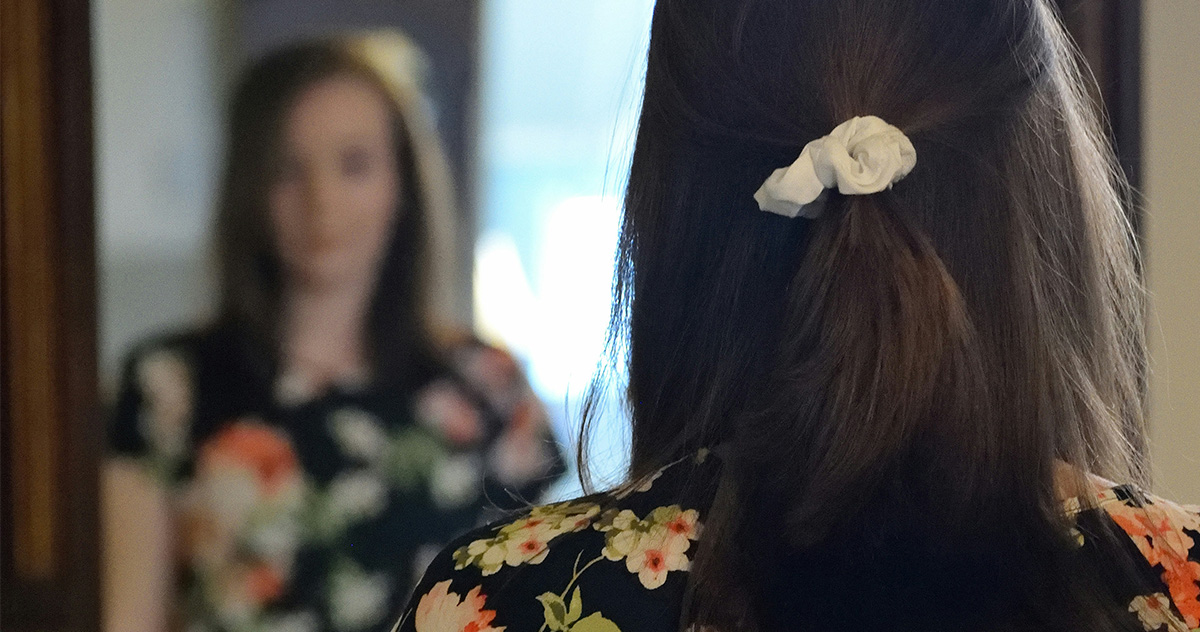
A Gentle Approach to Mirror Exposure
Here is a step-by-step approach that many find helpful. Remember, you can modify this to fit your needs and comfort level:
Step 1: Start Small
Begin with just a glimpse - perhaps 10 seconds in the mirror while fully clothed. Set a timer if it helps. The goal is to look without engaging in any checking behaviours or negative self-talk. Just notice: "I am looking at my reflection."
Step 2: Practice Neutral Observations
As you look, try to make neutral, factual observations rather than judgments. For example:
- "I have brown hair" instead of "My hair looks terrible"
- "I'm wearing a blue shirt" instead of "This shirt makes me look huge"
- "My body takes up space" instead of any judgment about that space
Step 3: Use Grounding Techniques
If you notice intense emotions arising, try grounding yourself:
- Take slow, deep breaths
- Feel your feet on the ground
- Name five things you can see in the room (not just in the mirror)
- Place a hand on your heart and offer yourself compassion
Step 4: Gradually Increase Time
As this becomes more comfortable, slowly increase the time. Maybe 30 seconds next week, working up to a minute. There's no rush. Some people find it helpful to do this practice at the same time each day, making it a routine rather than something to dread.
Step 5: Expand the Practice
Over time, you might:
- Practice in different mirrors (full-length, different lighting)
- Try the practice at different times of day
- Experiment with different clothing
- Practice movement in front of the mirror (not exercise, just gentle movement)
Alternative Approaches
Not everyone connects with traditional mirror exposure. Here are some alternatives that might resonate:
The Artist's Gaze: Look at yourself as an artist might - noticing colours, shadows, lines, textures, without judgment. You're a work of art, not a problem to be solved.
Gratitude Practice: As you look, thank different parts of your body for what they do for you. "Thank you, legs, for carrying me through my day."
Loving-Kindness: Look at yourself while repeating loving-kindness phrases: "May I be safe. May I be happy. May I be healthy. May I live with ease."
Mirror-Free Days: Sometimes the most healing thing is to take breaks from mirrors entirely. This is valid and can be part of your practice too.
Working with Difficult Emotions
Strong emotions during mirror exposure are normal and expected. You might feel:
- Anxiety or panic
- Sadness or grief
- Anger or frustration
- Numbness or disconnection
When these arise, remind yourself:
- These feelings are temporary
- Having feelings doesn't mean you're doing it wrong
- You can pause or stop at any time
- This is brave, difficult work
You may also find this blog post helpful.
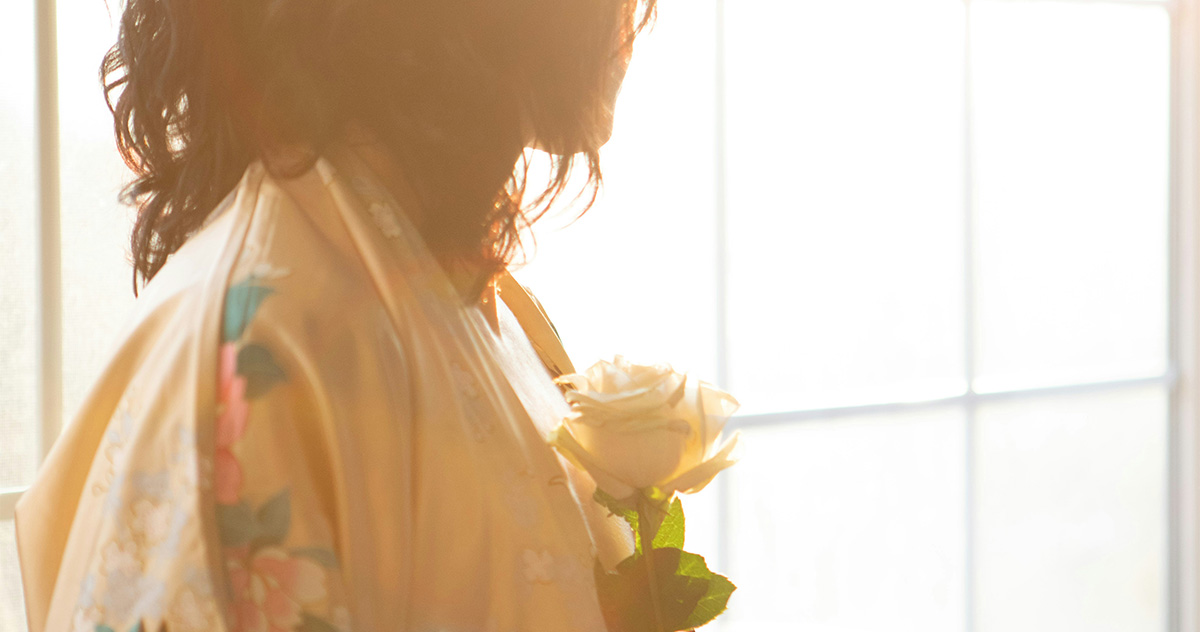
What Progress Looks Like
Progress with mirror exposure rarely looks like suddenly loving your reflection. Instead, it might look like:
- Feeling less anxious before looking in the mirror
- Being able to look without immediately criticizing
- Spending less time checking or avoiding mirrors
- Feeling more neutral about your reflection
- Being able to see your whole self rather than focusing on specific parts
- Having more good days than bad days with mirrors
For even more discussion and ideas about mirror exposure work, the Centre for Clinical Interventions has a wonderful workbook on it that can be found for free online here.
A Personal Note
In my own recovery, mirror work was one of the most challenging practices. There were days I could barely glance at my reflection, and others where I made small breakthroughs.
What helped me most was approaching it with enormous self-compassion and reminding myself that my worth had nothing to do with what I saw in the mirror.
Over time, with patience and practice, mirrors became less charged for me. They became just... mirrors. Not sources of validation or criticism, just glass that showed me practical information like whether I had toothpaste on my face or if my shirt was on backward.
Remember Your Why
As you engage in this challenging work, try to remind yourself why you're doing it. Not to achieve a perfect relationship with your appearance, but to free up mental and emotional energy for the things that truly matter to you. Every moment you spend practicing mirror neutrality is a moment you're choosing recovery, choosing to challenge the eating disorder's hold on your life.
Be gentle with yourself in this practice. You're doing such brave work.
With compassion and belief in your journey,
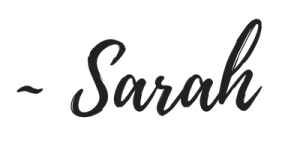
Reflection Questions:
- What is your current relationship with the mirror? Do you tend to avoid or check compulsively?
- What emotions come up when you think about doing mirror exposure work?
- Which approach to mirror work resonates most with you? Traditional exposure, an alternative approach, or a combination?
- What would it mean for your life if mirrors held less power over your emotions?
Support For Your Journey
If you feel you could use more support on your eating disorder recovery journey I would love to connect with you. Contact me to book a free video discovery call so that we can explore if working together would be a good fit. I would love to hear from you.


